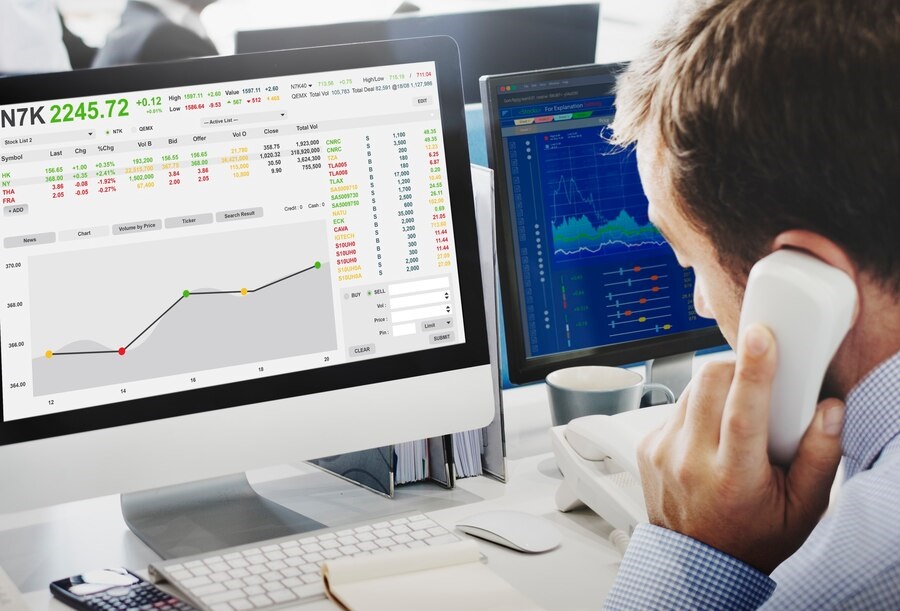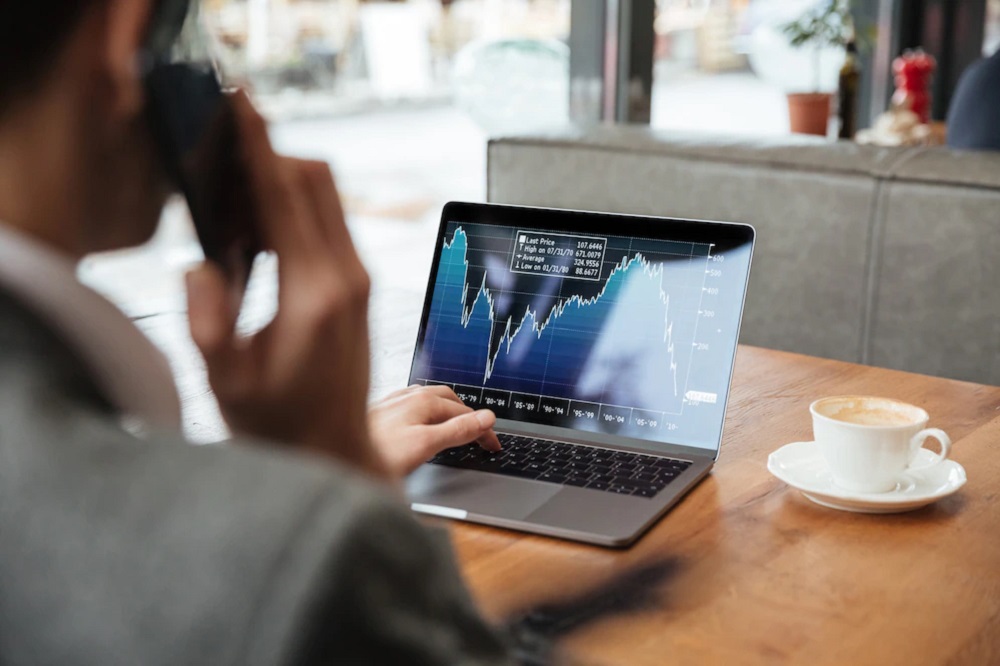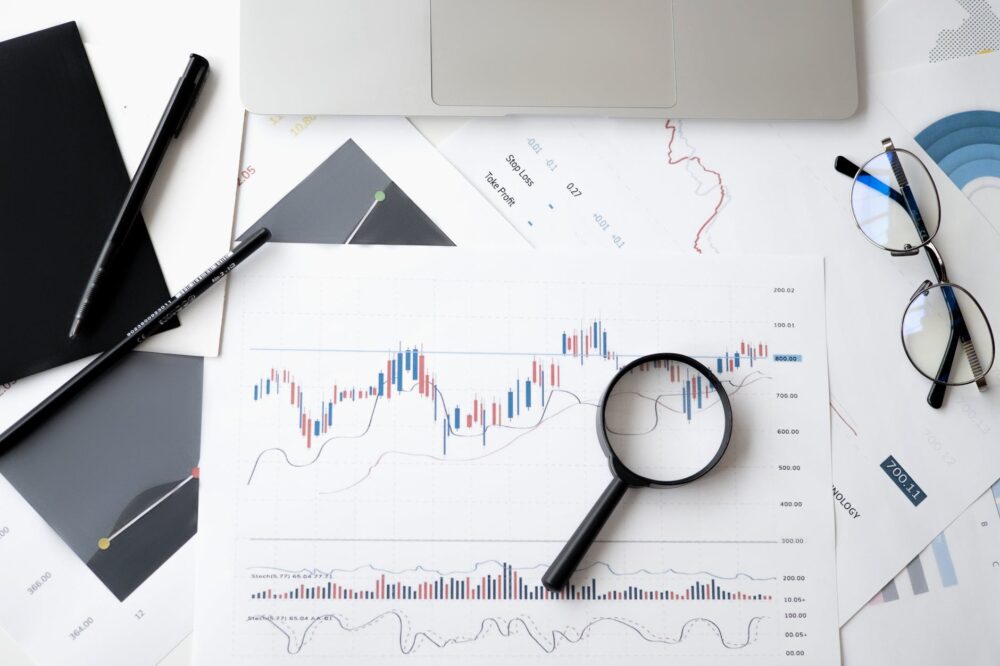What is a Reserved Alternative Investment Fund (RAIF)
Luxembourg provides a safe and alluring investment environment for investors from all over the world. Right in the center of Europe, it poses a perfect image of financial stability, safety regulations, and a fertile environment for innovations.
Despite being territory-wise small, Luxembourg is a significant hub for investing nowadays. Aside from being a home to the most trusted and secure financial companies and regulators, Luxembourg is also a place where many investment funds operate. A prime example is RAIF, the reserved alternative investment fund.
What is RAIF?
What is a RAIF? This concept is interpreted as a reserved alternative investment fund.
RAIFs are a type of investment vehicle that offer flexibility and diverse options for investors. RAIF was introduced in 2016 as an alternative investment fund. An appropriate authority in Luxembourg does not supervise it as it is reserved for alternative investment fund structuring. This structuring designates an authorized alternative investment fund manager or AIFM ‒ regardless of the placement of AIFM in Luxembourg or other countries of the European Union.
What is the purpose of RAIF?
The purpose of the RAIF is to match the Luxembourg fund framework with the regulatory focus that shifted from product supervision and management supervision as a result of the introduction of the AIFM Directive. The requirements of sophisticated investors were addressed by the RAIF, who felt that the double supervision layer was excessive.
Because the RAIF does not require regulatory clearance, it may be more efficient when it comes to the time it takes before a certain product enters the market. Its own management solely governs the RAIF and, in this regard, gains access to the marketing passport of the AIFM for distribution to accredited investors in the EEA.
Because it may be used for a wide range of investment strategies in accordance with the plans of its AIFM, the RAIF benefits from a quick creation procedure and offers great versatility in terms of investment strategies. For example, it allows operating with real estate, hedge funds, venture capital, and other assets.
The RAIF also provides a wide variety of legal and corporate structures that can consider tax drivers, as well as flexible corporate and operational standards. Alternatively, the RAIF might be set up as either an open-ended or closed-ended fund.
How does it work?
Following the creation or incorporation of such a business, the RAIF might well be set up as a collaboration, a corporation, or an open-ended collective investment fund. When the RAIF is established or incorporated, an offering document that contains the details investors need to make an educated approach to the investment and associated risks must be in place.
The necessary RAIF service agreements must take effect as of the organization’s founding or incorporation date.
The foundation or incorporation of the RAIF must also adhere to the necessary registration requirements, such as the recording of a notarial deed and the licensing of the RAIF within the Luxembourg trade and business registry. Additionally, the list for the RAIF is kept with this registration, together with the fulfillment of the relevant registration notifications from the AIFM for management and marketing purposes.
So, what are the key features of the reserve alternative investment fund?
Qualified investors
The RAIF is only available to knowledgeable, institutional, or professional investors and anybody who fits at least one of the following criteria:
- they deposit a minimum of EUR 125000 in the RAIF;
- they have a written statement that they accept the status of a knowledgeable investor.
Additionally, qualified investors must have a certification from a lending institution, an investment business, a UCITS fund manager, or an approved AIFM attesting to their skills, experience, and knowledge to analyze the proposed investment in the RAIF properly.
The legal regime and corporate structure
The RAIF can either take the form of a common contractual fund (an FCP) or an investment company with variable capital (a SICAV). Other appropriate legal regimes include Sarl, SA, and other forms of corporate entities, as well as legal partnerships like SCS.
The umbrella structure
The RAIF can use the umbrella structure with many sub-funds, each of which corresponds to a different portion of the assets and obligations.
Minimum investment amount
A RAIF’s net worth cannot be below EUR 1250000. This requirement must be met within a year of the organization’s founding or registration.
Requirements for risk diversification
The RAIF must abide by the laws governing risk diversification but is not susceptible to investment limitations regarding the eligibility of assets covered by the certificate of its AIFM.
Most importantly, the RAIF cannot invest more than thirty percent of its net capital or the total value of the commitments of its investors in any one asset. This limitation does not include the following:
- target funds that are subject to identical risk-spreading criteria;
- assets issued or assured by an Organisation for Economic Co-operation and Development Member State, its regional or local authorities, or by European Union’s regional, or global agencies and organizations;
- infrastructure investments that profit from a weak requirement for risk diversification.
An initial period of time to given to adhere to the aforementioned risk-spreading regulations could be beneficial for RAIFs. As you can see, risk diversification regulations do not apply to RAIFs that invest just in risk capital.
Now you know what is RAIF and how it works.
FAQ
What is a Reserved Alternative Investment Fund (RAIF)?
A Reserved Alternative Investment Fund (RAIF) is a type of investment vehicle that is regulated under the Alternative Investment Fund Managers Directive (AIFMD). It is similar to a traditional Alternative Investment Fund (AIF) but with some distinct features. A RAIF can be established as a fund structure without requiring prior approval or authorization from the regulatory authorities, making it a flexible and efficient option for investment managers and investors.
How does a Reserved Alternative Investment Fund (RAIF) differ from a traditional Alternative Investment Fund (AIF)?
The main difference between a RAIF and a traditional AIF lies in the regulatory requirements. While a traditional AIF requires direct authorization and supervision by the regulatory authorities, a RAIF does not. Instead, the RAIF is indirectly regulated through the Alternative Investment Fund Manager (AIFM) responsible for its management. This setup allows for a faster and more cost-effective establishment process, as well as greater operational flexibility.
Who can set up a Reserved Alternative Investment Fund (RAIF)?
A RAIF can be established by a wide range of entities, including investment managers, asset managers, financial institutions, and private equity firms. There are no specific restrictions on the type of entity that can create a RAIF. This flexibility makes RAIFs attractive to various market participants looking to create investment funds tailored to specific strategies or sectors.
What are the benefits of investing in a Reserved Alternative Investment Fund (RAIF)?
Investing in a RAIF offers several advantages. Firstly, RAIFs provide access to alternative asset classes and investment strategies that may not be readily available in traditional investment vehicles. Secondly, they offer a high level of flexibility in terms of fund structure and investor requirements. Additionally, RAIFs benefit from the regulatory framework established by the AIFMD, which aims to enhance investor protection and promote transparency. Lastly, the streamlined setup process and reduced regulatory burden of a RAIF make it an attractive option for investment managers seeking efficient fund establishment.


























